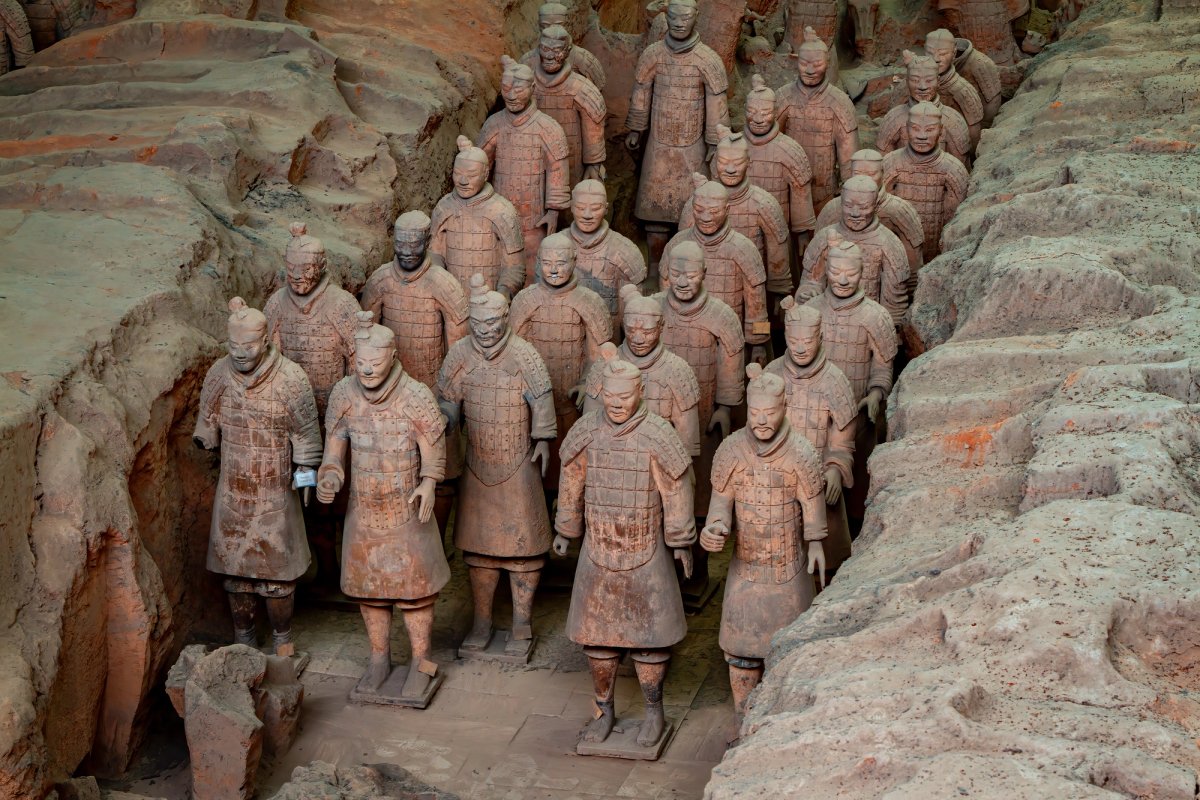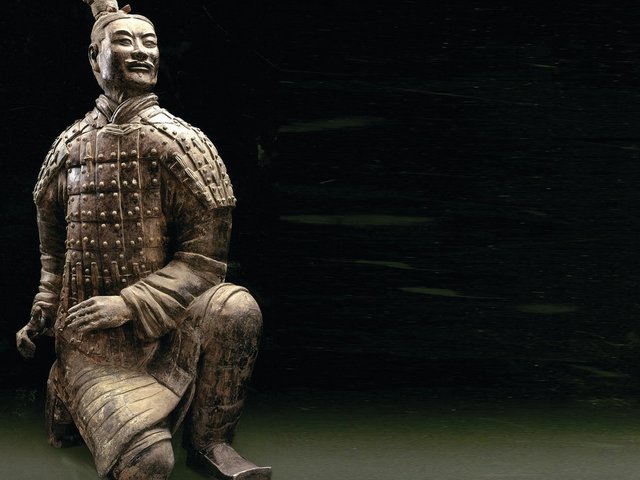A man has reportedly jumped into a pit at the terracotta warriors museum in China, damaging two of the famous ancient clay warriors.
According to a statement from public security officials, reported by the Guardian, the 30-year-old was visiting the museum housing the terracotta army in the city of Xi’an, central China, on 30 May when he “climbed over the guardrail and the protective net and jumped”.
He “pushed and pulled” the 2,000-year-old clay statues located in pit no. 3, with two “damaged to varying degrees”, the officials added. They went on to say that the man had been found to “suffer from mental illness”.
Footage posted on the website of the Independent newspaper shows an individual lying on the pit floor alongside a toppled sculpture with fragments alongside.
What is the terracotta army?
China’s first emperor Qin Shi Huang, who reigned between 221BC and 210BC, commissioned the construction of the 49 square-kilometre mausoleum guarded by the celebrated clay warriors who would serve as his personal army in the afterlife.
The terracotta army was discovered on 29 March 1974 when farmer Yang Zhifa uncovered fragments of pottery. More than 2,000 warriors and horses have been excavated at three different burial pits with an estimated 6,000 still buried underground.
In 1987 the site was granted Unesco World Heritage status. Unesco says: “As the tomb of the first emperor who unified the country, it is the largest in Chinese history, with a unique standard and layout, and a large number of exquisite funeral objects. It testifies to the founding of the first unified empire—the Qin Dynasty, which during the third century BC, wielded unprecedented political, military and economic power and advanced the social, cultural and artistic level of the empire.”
The museum was contacted for comment.





